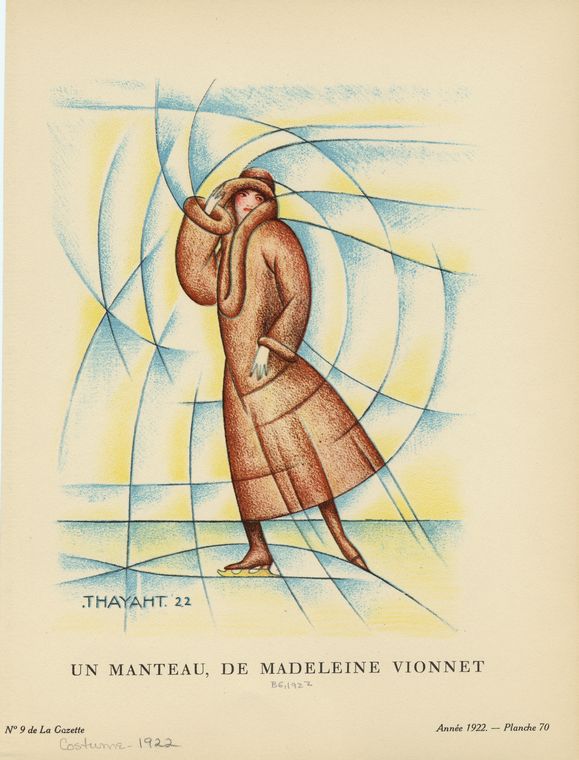Who Put the "Haute" in Haute Couture?

I recall reading in The Fashion Conspiracy that the absolute “prize” element of a couture garment was that it would be made from scratch for a client, require fittings so that her measurements were exactly determined, and would usually have an entire under-body created to support the exterior design in fabric. A couture client often has to endure numerous fittings in the shop, or in her hotel room, should she have flown to Paris for her shopping.
In this respect, the couture wearer is clad in a one-off; no one else will have a garment quite like hers, and she earns its uniqueness by enduring the labor-intensive work that allows her to become the item’s possessor. No wonder, then, that fashion designers of the later twentieth century needed to launch ready-to-wear labels or “brands” in order to make their fortunes. Therefore, haute couture is the idealization, the bespoke aspect of fashion culture. The entire fashion industry is built around delivering the (delusional) dream of a unique garment for its wearers. Only real, existing haute couture provides that dream, however. And for my favorite way to peek in at Parisian fashion, especially the recent shows, go to www.pretparis.com.
Read E-Books with SimplyE
 With your library card, it's easier than ever to choose from more than 300,000 e-books on SimplyE, The New York Public Library's free e-reader app. Gain access to digital resources for all ages, including e-books, audiobooks, databases, and more.
With your library card, it's easier than ever to choose from more than 300,000 e-books on SimplyE, The New York Public Library's free e-reader app. Gain access to digital resources for all ages, including e-books, audiobooks, databases, and more.
If you don’t have an NYPL library card, New York State residents can apply for a digital card online or through SimplyE (available on the App Store or Google Play).
Need more help? Read our guide to using SimplyE.
